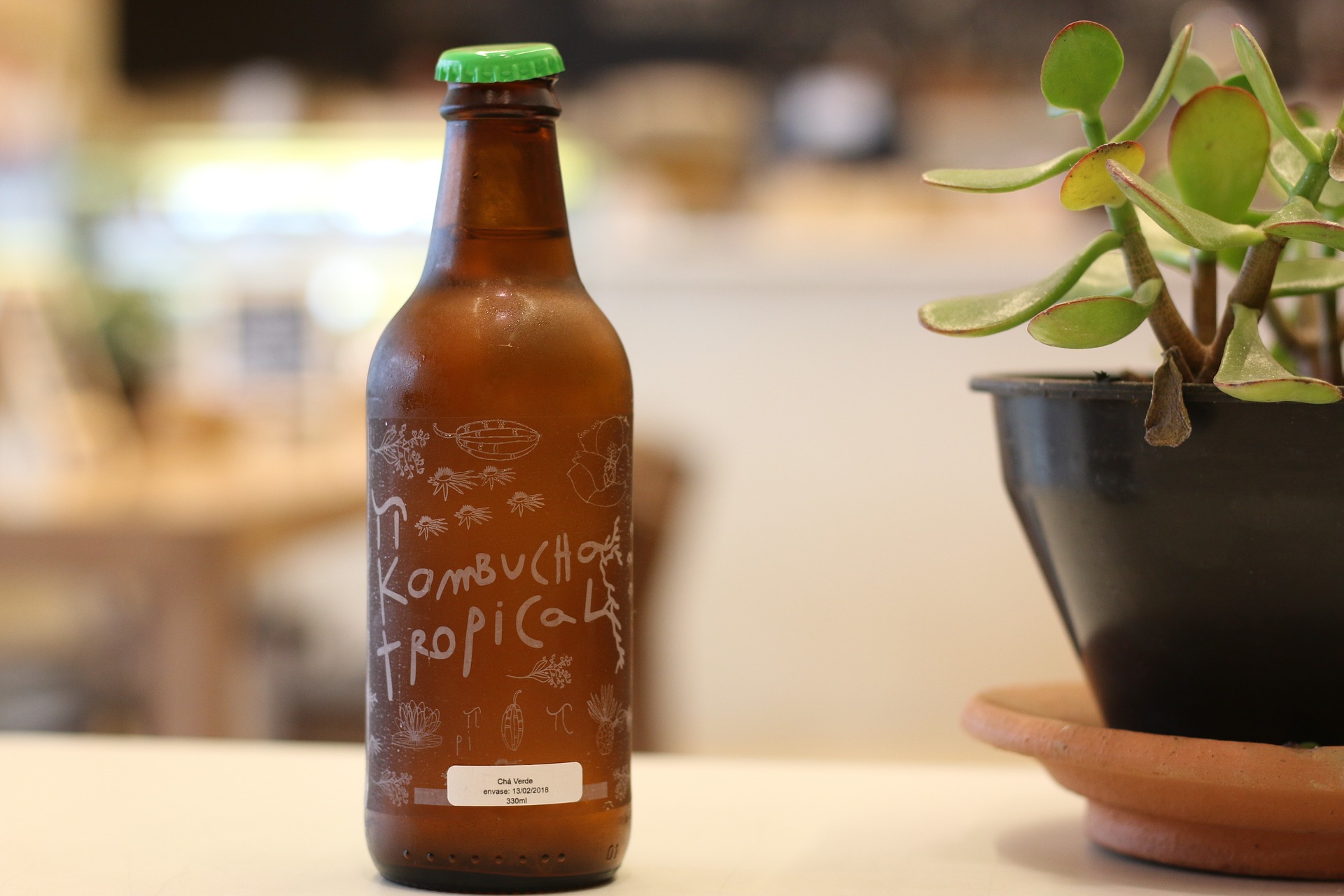Unveiling the Magic of Fermentation: The Rise of Kombucha and Kimchi
Embark on a gastronomic journey as we delve into the burgeoning world of fermentation. From the effervescence of kombucha to the tangy crunch of kimchi, fermented foods are experiencing a culinary renaissance. Read below to uncover the science, history, and unique flavors behind these age-old delicacies.
The Science Behind Fermentation
Fermentation is a unique chemical process where bacteria and yeast break down food’s sugar into alcohol and acids. This not only preserves the food but also enhances its nutritional profile. Fermented foods like kombucha and kimchi are rich in probiotics, which boost digestive health and strengthen immunity.
Kombucha: The Bubbly Probiotic Powerhouse
Kombucha, a fizzy, fermented tea touted for its health benefits, has become a mainstream beverage. Originating from China around 2000 years ago, kombucha is made by fermenting sweet tea with a ‘SCOBY’ (Symbiotic Culture Of Bacteria and Yeast). The result is a tart, slightly sweet drink bursting with beneficial bacteria.
Kimchi: Korea’s Spicy Fermented Staple
Kimchi is a staple of Korean cuisine, known for its funky flavor and fiery kick. This fermented vegetable dish, typically made with napa cabbage and radish, is seasoned with chili pepper, garlic, and fish sauce. Aged in jars to develop its distinctive tangy taste, kimchi is a delicious testament to the transformative power of fermentation.
Homemade Fermentation: The New Culinary Trend
With the rise of DIY food trends, home fermentation is becoming increasingly popular. Making kombucha and kimchi at home not only allows you to control the ingredients but also lets you experiment with flavors. Plus, there’s a certain satisfaction in cultivating your own colony of beneficial bacteria.
The Environmental Impact of Fermentation
Fermentation has an inherent sustainability aspect. It reduces food waste by preserving perishable produce and requires minimal energy, as fermented foods can be made and stored at room temperature. Moreover, homemade fermentation minimizes packaging waste, contributing to a greener planet.
Useful Tips and Facts: - Always use sterilized jars for fermenting to prevent harmful bacteria growth. - Fermented foods can be an acquired taste. Start with small amounts and gradually increase your intake. - Homemade kombucha and kimchi can be kept in the fridge for up to a month.
The art of fermentation is a fascinating blend of science, tradition, and culinary innovation. As more people discover the health benefits and unique flavors of fermented foods, kombucha and kimchi are set to remain food trends for a long time. So, why not join the fermentation revolution and start your own microbiological adventure today?





